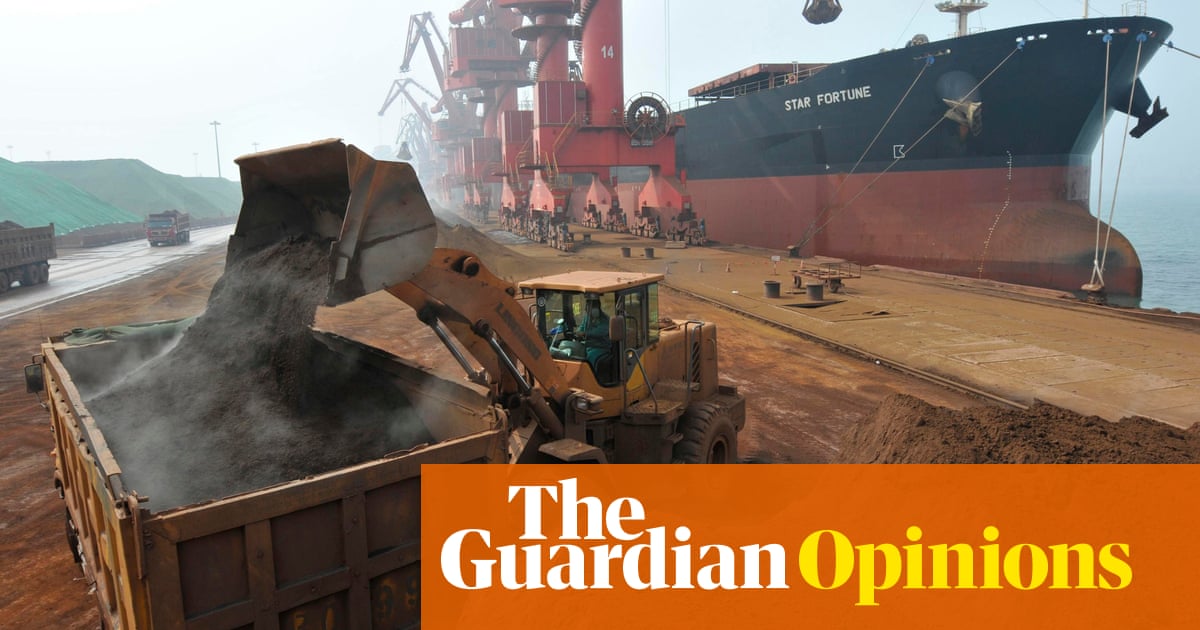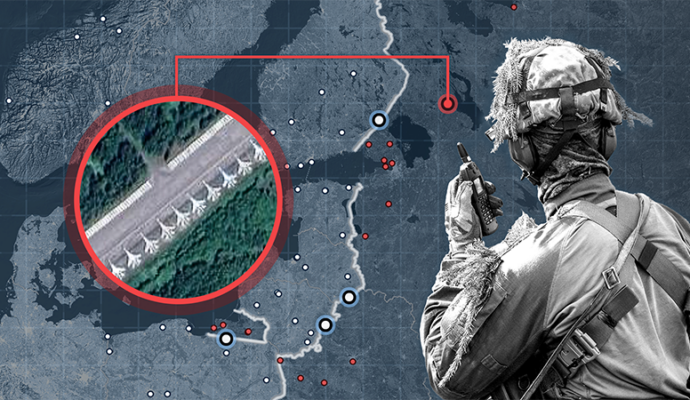
Concentration on security and regional influence has distracted from the economic relationship with China, a key foundation of Australian prosperity.
A high proportion of Chinese growth has been engineered by a large government-sponsored debt-fuelled infrastructure and property bender. This underpins demand for Australian products and services boosting incomes.
The data on bilateral trade reveals the importance of the China relationship.
Despite trade restrictions on selected products, 35 to 40% of Australian exports go to China, and 20% of imports come from China. Chinese nationals normally constitute the largest number of international students and inbound tourists.
But China faces economic difficulties. The Chinese premier, Li Keqiang, recently warned about slowing growth, due in part to the zero Covid policy resulting in severe lockdowns of key hubs. With inadequate health infrastructure, modest rates of vaccination among the elderly, a less effective indigenous vaccine and reluctance to question the ruling party’s infallibility, a rapid strategy shift seems unlikely.
The problems go beyond Covid. Designed to address inequality and monopolies, new regulations and crackdowns have damaged the dynamic private tech industry, which contributes significantly to activity. Measures to rein in China’s debt-to-GDP ratio, which has doubled since 2008 to above 300%, have triggered slowdowns in the real estate sector which is 20-30% of GDP.
Unlike in past episodes, China’s ability to navigate these threats is limited. China’s usual magical debt-shrinking machine requires strong economic growth. Rising GDP boosts asset values, reducing the level of debt and non-performing loans in percentage terms to manageable levels. This time that may not be possible.
China’s financial flexibility is reduced. The nominally huge US$3tn foreign exchange reserves barely meet the International Monetary Fund’s recommended requirements, once adjustments are made for illiquid investments such as the Belt and Road Initiative (BRI) commitments made to emerging nations, some of which may prove unrecoverable. China holds around US$1tn of US government bonds which cannot be easily sold.
Policy tradeoffs are complicated. Moving from investment to consumption to drive the economy will lower growth and result in job losses but so will not rebalancing. Higher consumption requires increasing wages, reducing savings, extending the rudimentary welfare system, or a combination. But rising costs would decrease China’s international competitiveness.
Tackling underperforming state-owned enterprises will result in bad debts and job losses, but not dealing with the sector’s problems means capital is tied up in unproductive industries. Recognising and writing off bad loans could set off a financial crisis but not addressing the issue stores up problems for the future. Devaluing the yuan would accelerate capital flight and retaliation from trading partners, yet a higher currency affects Chinese exports.
Tit-for-tat sanctions and America’s protectiveness of its economic dominance constrain China’s ambition of moving into technologically advanced industries. Her workforce may have peaked and an ageing population will retard growth.
Australia’s exposure to a Chinese slowdown is against the background of a testy political relationship. China is prioritising self-sufficiency and reduced dependence on Australian raw materials. While China is economically critical for Australia, the reverse is less true. Some 70% of Australia’s exports are resources for which there are alternative suppliers.
Iron ore exports, which depending on price equate to up to 10% of Australian GDP, are important. Chinese involvement in Guinea’s Simandou project, the world’s largest untapped iron ore deposit with an estimated 2.4bn tons of high-quality reserves is designed to diversify sources.
The Ukraine conflict could also allow China to reduce its reliance on Australian commodities. Russia has significant energy, thermal and metallurgical coal reserves. The Donbass area has large quantities of commercial-grade iron ore. With limited alternative markets for Russian product, these resources may be available on attractive terms to China, which is inclined to support Moscow, supplanting Australian producers.
If the US were to sanction China, as threatened, for collaboration with Russia or over Taiwan, then Australia’s ability to trade with its major economic partner would be severely disrupted.
In the short run, China’s need to prop up activity to maintain social stability may maintain demand for Australian raw materials until other sources become available. However, additional debt, continued malinvestment and overcapacity only defers China’s economic reckoning, which, when it occurs, will flow through to Australia.
If the Middle Kingdom successfully negotiates its challenges and rebalances its economy away from investment, reducing its resource intensity, then demand for Australian raw materials will diminish. Services exports could make up export losses, although Australia’s competitive advantages there are not as clearcut.
Given its sheer size the China trading relationship cannot be replaced in the near term. This means that Australia, irrespective of its preferences, may have to share its feasts and famines.

